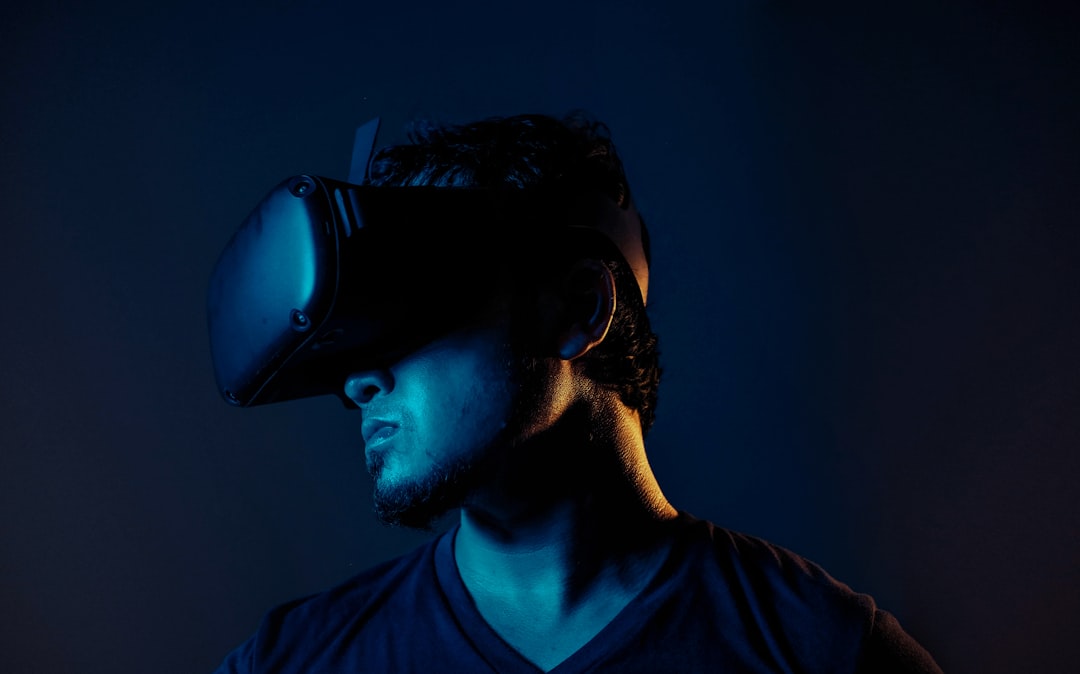What is it about?
Despite its benefits, HPV vaccine uptake has been historically lower than other recommended adolescent vaccines in the United States (US). Our objective was to explore the perceptions and experiences of adolescent healthcare providers regarding routine vaccination services during the COVID-19 pandemic. Between December 2020 and May 2021, in-depth qualitative interviews were conducted via Zoom video conferencing among a purposively selected, diverse group of adolescent healthcare providers (n = 16) within five healthcare practices in the US southeastern states of Georgia and Tennessee. Participants reported that patient-provider communications; effective use of presumptive languaging; provider’s continuing education/training; periodic reminders/recall messages; provider’s conviction on vaccine safety/efficacy; early initiation of HPV vaccination series at 9 years of age; partnerships with community health navigators/vaccine champions/vaccine advocates; use of standardized forms/prewritten scripts/standard operating protocols for patient-provider interactions; and vaccine promotion through social media, brochures/posters/pamphlets, as well as outreaches to schools and churches, served as facilitators to adolescent HPV vaccine uptake. Preventive adolescent services were adversely impacted by the COVID-19 pandemic at all practices.
Featured Image

Photo by Duy Pham on Unsplash
Why is it important?
While hesitancy and misinformation have threatened vaccinations for many years, the adverse impacts of the COVID-19 pandemic on preventive services have been far-reaching. Our findings could inform the implementation of comprehensive intervention strategies that enhance HPV vaccination rates. Additionally, lessons learned (e.g., optimizing patient-provider interactions) could be adopted to expand COVID-19 vaccine acceptance on a sizable scale.
Read the Original
This page is a summary of: Healthcare professionals’ perceptions and recommendations regarding adolescent vaccinations in Georgia and Tennessee during the COVID-19 pandemic: A qualitative research, PLoS ONE, November 2022, PLOS,
DOI: 10.1371/journal.pone.0277748.
You can read the full text:
Contributors
The following have contributed to this page










